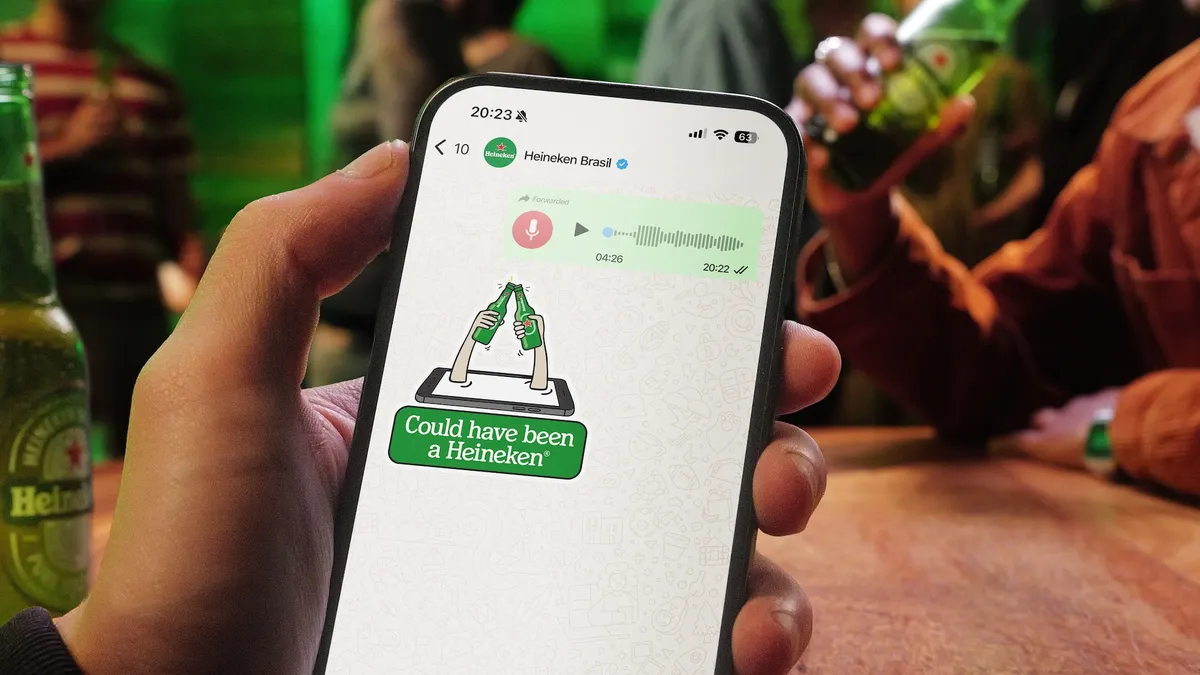In a recent survey by the Mobile Marketing Association, one-third of respondents said they're unsure whether multi-touch attribution (MTA) "pays for itself." But questionable return on investment isn't the only challenge marketers face in implementing MTA, according to experts. The main challenges can usually be pegged to corporate politics, culture and data.
Also known as fractional attribution, MTA is when marketers assign percentage values — often through software or a service provider — to different ad channels during a consumer's buying journey in order to credit them for the amount of influence they likely had in driving a conversion. The approach appears to be gaining steam. Based on a MMA survey, more than 150 of the top 500 marketers are using MTA, and an additional 250 plan to implement it in the next 18 months. The reason for the MMA's focus on MTA is that mobile is widely believed to be a bigger driver of consumer transactions than its gets credit for. MTA, therefore, has the potential to encourage marketers to increase their mobile budgets. Hoping to help mobile marketers accelerate their MTA efforts, MMA recently created two new working groups to address two of the critical challenges it sees in MTA — walled gardens and data quality and accuracy.
"MTA, in general, started as a way to measure the digital ecosystem and still is," said Alex Cohen, senior strategist of data and analytics at KBS. "It makes sense for some clients who are more digitally focused or living in that digital ecosystem. But what we've seen in the industry over the past few years is that people have been trying to expand that digital ecosystem to be more all encompassing to get all of those traditional touch points, too."
Finding a better path
The marketing industry is working feverishly toward a streamlined method where MTA can account for all channels both on and offline. Efforts are underway to make buying spots on TV more programmatic so they can be more easily measurable as part of MTA systems, according to Cohen. Currently, most MTA models don't track TV.
Marketers get around MTA's traditional media weaknesses by combing MTA with media-mix models — schemes that use historical advertising and sales data to measure and predict the effects of future advertising on sales.
"Media-mix models will tell your appropriate channel allocation between traditional channels such as television or radio — things that can't be measured through an MTA system," Cohen said. "And then they're trying to unify those media-mix results, which are telling you how to allocate spend between channels, with their MTA results that are specific to the digital ecosystem."
"It becomes a political game because attribution will tell marketers and media planners that their efforts may not be as effective as they thought they were."

Tina Moffett
Senior analyst and attribution expert at Forrester
Currently, most marketers measure using first- or last-touch attribution models where they assign 100% of the credit to either the first or last ad exposure. As a result, most channels don't get enough credit in their contributions to a consumer's buying journey.
"When you see an ad, whether it's print, TV or radio, you usually go to Google and you search for it," said Matt Fusco, vice president of business development for cross environment tracking solution Barometric. "What drove you to Google was not Google. Google plays a part in that. If email is driving somebody to go to search and [email is] getting removed from the credit, that's why last touch is not correct."
Zero-sum game
So why do so many marketers use first- or last-touch attribution when they are clearly flawed? Simply put: they're easy. Plus, most marketing executives have full plates already. With the vast amounts of data available, implementing MTA can seem like a mammoth task.
"The sheer volume of data that is coming in either in close to real time or even on a weekly basis has become increasingly difficult to manage," said Tina Moffett, senior analyst and attribution expert at Forrester. "It's the No. 1 reason for not using data analytics."
MTA also requires autonomy and nimbleness, so it must be implemented by C-level executives. Another hurdle is that MTA is a zero-sum game. In order for one touch point to gain credit, one or more of the others must lose some.
"It becomes a political game because attribution will tell marketers and media planners that their efforts may not be as effective as they thought they were," Moffett said.
However, in Moffett's experience, a channel's lost attribution credit doesn't necessarily mean cutting that department's budget.
"What I have seen happening more and more is that once the attributed results come back, there's discussion and analysis about what's working and what's not, and then there is suggestion of more testing," she said. "The smart CMOs and VPs of marketing are using this as an opportunity to maybe realign resources or identify testing opportunities and take a situation that could be contentious between these channel managers across digital and try to turn it around and try to identify opportunities to collaborate more and test new and different ideas."
Also, a channel that underperforms in one campaign may outperform in others. The process of MTA is about learning which balance of channels works best for each type of campaign, according to Fusco. By collecting this data, marketers can amass a sort of data-supported arsenal of channels to pick from in the future, he added.
"In some cases you should go very heavy on direct mail and light on digital, medium on email and no TV. In other cases, TV will be what drives you," Fusco said. "It's a matter of sitting back and saying: 'I have all these weapons. When do I fire which?'"
Having faith
MTA requires some faith in results, according to Brian Baumgart, CEO of MTA platform provider Conversion Logic.
"Attribution needs an open environment for the organization to trust insights, adopt the recommendations and ultimately activate," he said. "Otherwise the best sophisticated software can end up as shelfware."
Moffett puts the onus on MTA vendors to do a better job of auditing clients' efforts to demonstrate their technology's ROI. The reason so many marketers are unsure of MTA's ROI is because not enough buyers are pushing vendors to perform audits, which can actually save on media spend in the long term, she said.
"Here's the thing with marketing analytics. I think there's this notion out there with marketers that you need 100% air cover to fully understand marketing effectiveness — and you don't."

Tina Moffett
Senior analyst and attribution expert at Forrester
"I find that most marketers aren't taking that extra step to do that type of analysis, and I think the vendors in this space should do this type of audit for their clients," Moffett added.
According to Conversion Logic's Baumgart, the audit ROI process should start before any official partnership ever begins.
"Vendor and advertiser [should] both evaluate each other for a goodness of fit," he said.
The audit opportunity begins at the start of the sales cycle, when all necessary departments are involved in assessing what questions they want answered and what data resources are needed to answer them, Baumgart added.
And then there's the data itself. According to Moffett, many marketers don't understand where much of their data even is, how to assess it or if there are any gaps or issues. However, she said, it isn't necessary to examine all the data collected in order to implement an effective MTA model.
"Here's the thing with marketing analytics," she said. "I think there's this notion out there with marketers that you need 100% air cover to fully understand marketing effectiveness — and you don't."
In the end, implementing MTA is likely to require a massive cultural shift driven from the C-suite. There are signs the C-suite is becoming more digitally driven, with several large brands revamping the role of the CMO to allow brands to speak with a single voice throughout the customer journey. Whether these leaders will put a focus on MTA going forward is still unclear.
"MTA is a top-down type initiative that needs to be solved at the CMO level downward," Fusco said. "Compensation and all the political barriers are tougher than the technical side. On the technical side you just have to be sure whoever you're working with can track all the different touch points so you don't end up in a situation where you're allocating too much credit to a certain channel because you're leaving out other channels."




















